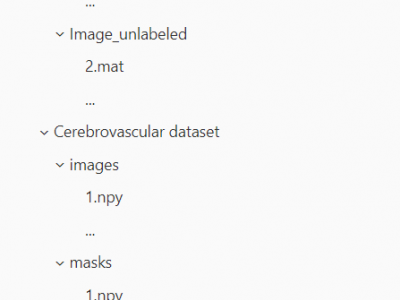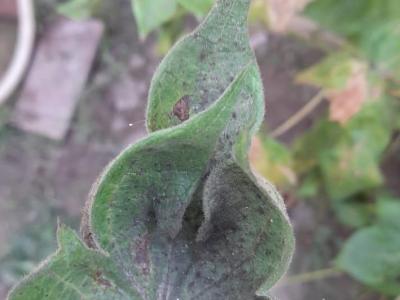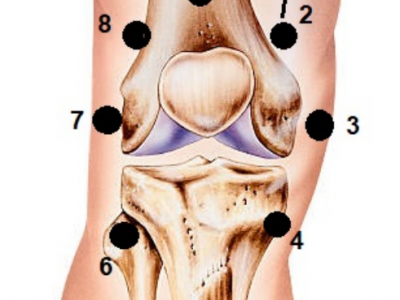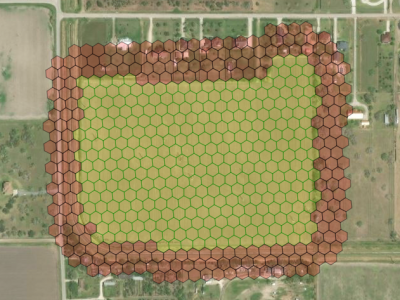Artificial Intelligence
The significance of having sustainable water quality data cannot be overstated. It plays a crucial role in comprehending the historical variations and patterns in river conditions and also helps in understanding how industrial waste impacts the well-being of aquatic ecosystems. To achieve sustainable water management practices, it is imperative to rely on dependable and extensive data. Therefore, accurate monitoring and assessment of various water quality parameters become essential.
- Categories:
 1062 Views
1062 ViewsThe accurate placement of a needle into the spinal column is critical for spinal anesthesia, spinal taps, and other spinal procedures. Currently, the insertion of the needle is guided by visual and palpation feedback, which can be limited in accuracy and reliability. This study presents a novel approach to providing tactile feedback during needle insertion into the spinal column. This study aims to investigate the effectiveness of providing feedback during the insertion of a needle into the epidural column.
- Categories:
 293 Views
293 ViewsIn agriculture, the development of early treatment techniques for plant leaf diseases can be significantly enhanced by employing precise and rapid automatic detection methods. Within this realm of research, two common scenarios encountered in real field cases are the identification of different severity stages of diseases and the detection of multiple pathogens simultaneously affecting a single plant leaf. One major challenge faced in this area is the lack of publicly available datasets that contain images captured under these specific conditions.
- Categories:
 209 Views
209 ViewsAndalUnmixingRGB is a Sentinel-2 satellite digital RGB imagery enriched with environmental ancillary data and designed for blind spectral unmixing using deep learning. Generally, spectral unmixing involves two main tasks: spectral signature identification of different available land use/cover types in the analyzed hyperspectral or multispectral imagery (endmember identification task) and their respective proportions measurement (abundance estimation task).
- Categories:
 236 Views
236 Views
Conversion loss modeling plays a crucial role in hybrid AC/DC microgrid (MG) energy management (EM). However, accurate calculation of the conversion losses is often very costly. Additionally, existing surrogate models typically rely on fixed-voltage DC buses, leading to excessive voltage magnitudes. To overcome these limitations, we propose surrogate models based on piecewise linear neural networks (NNs) that estimate conversion losses using converter power and variable-voltage DC buses.
- Categories:
 295 Views
295 ViewsAbstract—This study proposes a multiclass model to classify the severity of knee osteoarthritis (KOA) using bioimpedance measurements. The experimental setup considered three types of measurements using eight electrodes: global impedance with adjacent pattern, global impedance with opposite pattern, and direct impedance measurement, which were taken using an electronic device proposed by authors and based on the Analog Devices AD5933 impedance converter. The study comprised 37 participants, 25 with healthy knees and 13 with three different degrees of KOA.
- Categories:
 235 Views
235 ViewsThis dataset contains 37 estrogen receptor immunohistochemistry (ER-IHC) whole slide images (WSIs) obtained from Universiti Malaya Medical Centre (UMMC), Malaysia. The WSI is scanned using 3DHistech Pannoramic DESK at 20x magnification with an approximate dimension of 80,000 pixels width and 200,000 pixels height per WSI.
- Categories:
 1062 Views
1062 ViewsThe real system in our experiment comprises four production stations: Pick and place, assembly, muscle compressing and sorting. These modular stations are controlled by Siemens PLC. This is the data gathered from a real manufacturing system and its Digital Twin data when under the denial of service attacks.
- Categories:
 803 Views
803 ViewsIn precision agriculture, detecting productive crop fields is an essential practice that allows the farmer to evaluate operating performance separately and compare different seed varieties, pesticides, and fertilizers. However, manually identifying productive fields is often time-consuming, costly, and subjective. Previous studies explore different methods to detect crop fields using advanced machine learning algorithms to support the specialists’ decisions, but they often lack good quality labeled data.
- Categories:
 1054 Views
1054 Views






